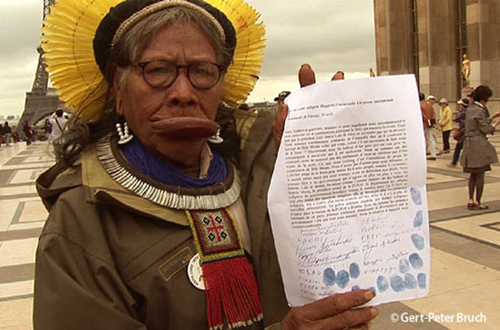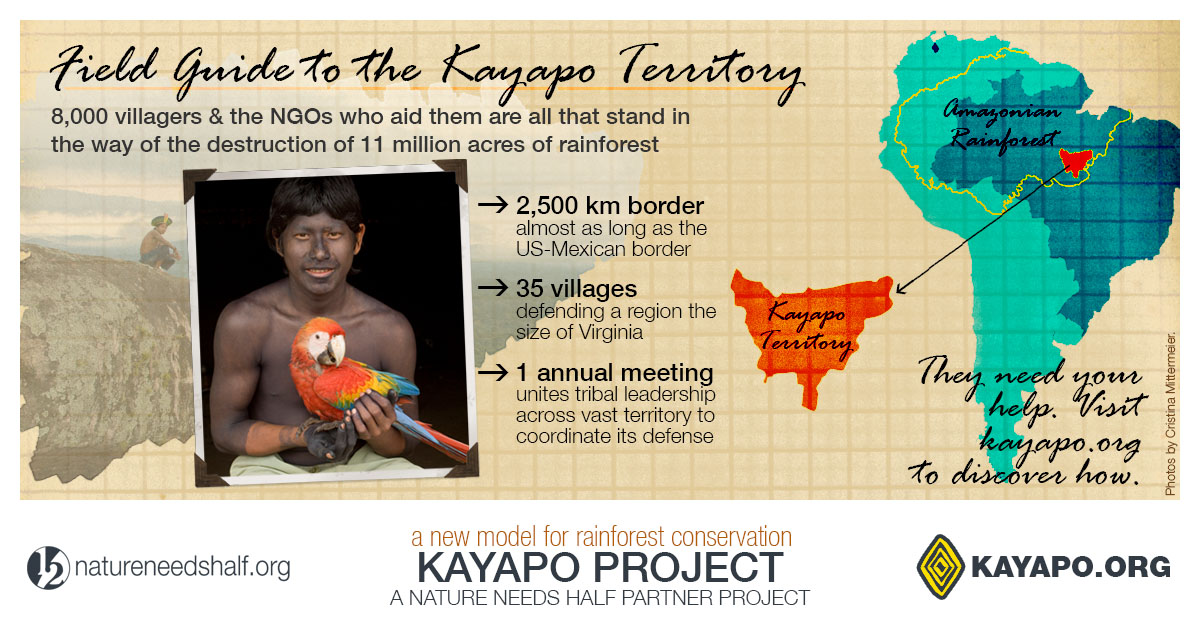If you’ve read the previous installment of the Nature Needs Half Field Guide to the Kayapo Project, you might, at this moment, be confused. In fact, I bet you may even have formulated a couple of questions about this picture, questions like, “Is this really the way the leader of a people who has, for decades, withstood the onslaught of industrialization, responds to bad news?”
And if, indeed, you are asking questions, then congratulations! You have been paying attention.
After all, it would not be unreasonable to assume that the organization of the defense of a remote region of dense tropical forest from criminal networks hell-bent on profiting from its destruction is not a mission for the faint of heart, regardless of experience level or availability of resources. That the Kayapo are accomplishing this without the benefit of satellites, helicopters, roads, computers, or even a rotary dial phone would be considered by even veteran conservation professionals as nothing short of extraordinary.
(Chief Raoni with petition. Photo by Gert Peter Bruch.)


